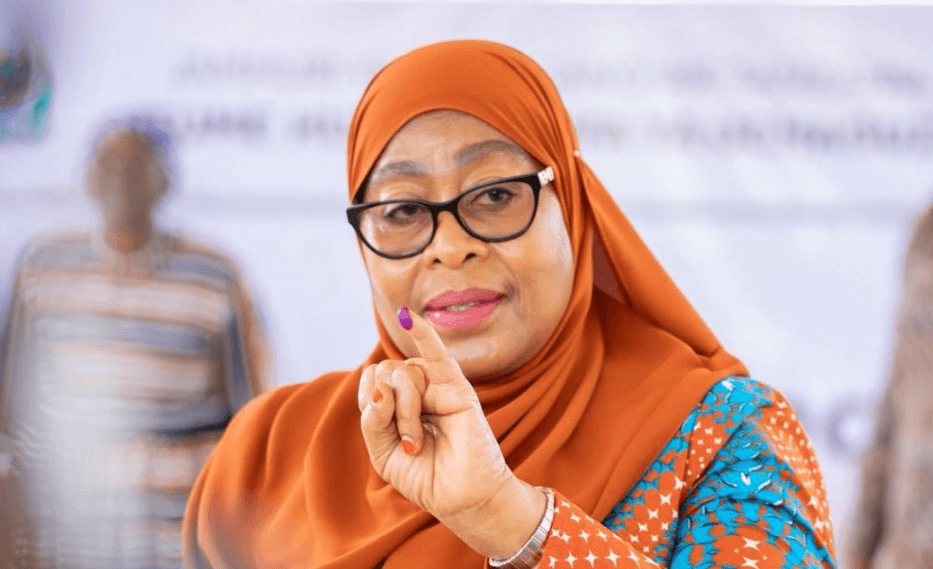The right to health is a fundamental human right guaranteed in the Constitution. The recent enactment of the Primary Healthcare Act has been hailed as a major driver towards achieving universal healthcare.
Health service delivery in Kenya is organised in a pyramidal structure, with community services at the base and tertiary services at the top. Counties are responsible for PHC (levels 1 to 3), with the MoH providing policy leadership and minimum standards.
The Ministry of Health aims to scale up and improve the delivery of primary healthcare services through the establishment of primary healthcare networks. The strengthening of primary healthcare aims to start from the community, dispensaries and health centres, all linking to the hospital so as to form a network of practice.
PCNs are a way of linking and strengthening healthcare services through building on a person-centred approach to health. There have been attempts in the recent past to achieve UHC. In 2018, Isiolo, Kisumu, Machakos and Nyeri were selected as pilot counties for the rollout of the same.
This pilot phase unearthed several challenges—people were still going to higher-level facilities to obtain primary healthcare services. It was a common scenario (and still is) to have nurses in a rural health dispensary seeing just a handful of patients.
Yet several kilometres away, a subcounty hospital that is intended to handle complicated cases faced a multitude of patients travelling from far-flung villages, the majority of whom were waiting for basic outpatient services like treatment of upper respiratory infections.
There was also a major focus towards the provision of medical supplies, mainly drugs with the major budgetary allocation channelled towards that. This unfortunately failed to recognise the other building blocs of a healthcare system, ie leadership and governance, service delivery, health system financing, health workforce and health information systems
In the world, Cuba is one of the countries that have been able to successfully implement PHC. Cuban health authorities give large credit for the country’s impressive health indicators to the preventive, primary care emphasis pursued for the last four decades.
These indicators compare well with those of developed nations. For example, according to the WHO, in 2016 the infant mortality rate (the number of deaths of children under one year of age per 1,000 live births) in Cuba was five while in the United States it was six.
The number of deaths due to cancer, cardiovascular disease, diabetes or chronic respiratory diseases in every 100 people was 17 in Cuba compared to 14 in the US. Meanwhile, Cubans had one of the world’s highest life expectancies at 79 years. This is despite the fact that the US had committed a larger percentage of its GDP to healthcare compared to Cuba.
Although the health systems in both countries are different, with Cuba having a system that is mostly government run while in the US it is a mix of both public and private providers. This notwithstanding, one cannot help but appreciate Cuba’s ability to do more with less resources.
Cuba’s nationwide system of family physicians and polyclinics plays a crucial role in providing community based medical and mental health services for all residents of defined geographic areas. Most of the primary care services are offered in the clients’ homes or offices.
Other than conducting screenings and educating patients, the physicians also try to understand their family and social backgrounds through the bio-psycho-social-spiritual approach. This is a holistic approach that tries to understand and solves various factors that may affect a person’s well-being.
The lessons learnt can help our government efficiently invest in primary healthcare to achieve the desired outcomes. Increasing focus on preventive and promotive health has huge cost savings on the healthcare system.
Through simple interventions by community health promoters like blood pressure and blood sugar measurement, dietary counselling, health messages on cancer detection, vaccination and hygiene, it will be possible to avert and manage some illnesses early enough.
However, this requires sustained and holistic support for the PCNs, including more facilitation for CHPs and adequate staffing at all levels of health facilities. The government must find ways of addressing this otherwise the full potential of the PHC programme may not be realised leading to slow progress towards achieving universal health coverage.
It is also important to understand that achievement of UHC is a continuous process that takes many years and not a single event.
Pharmacovigilance officer at Embu County Referral Hospital












